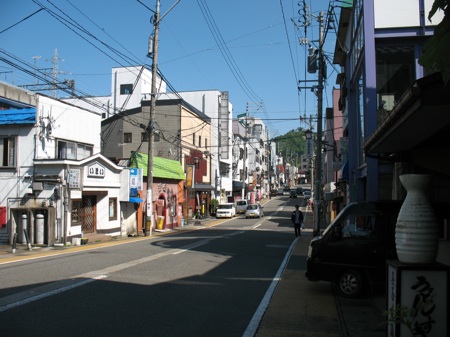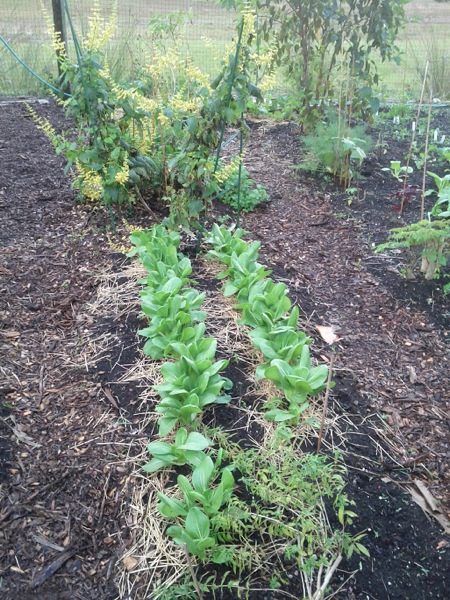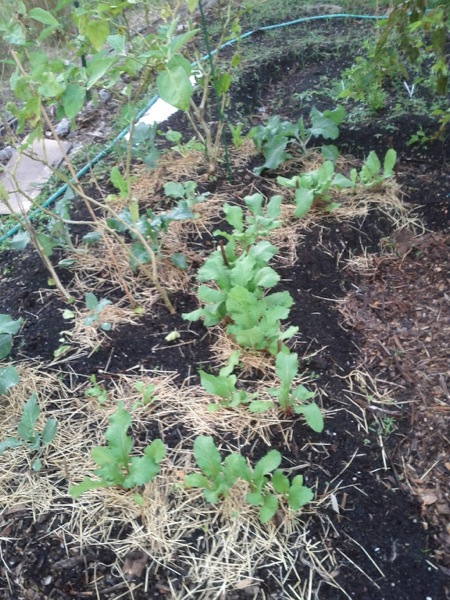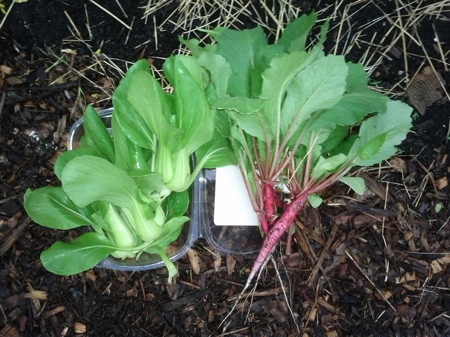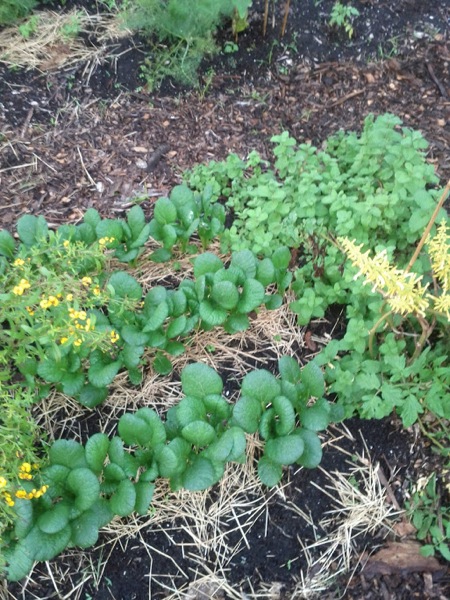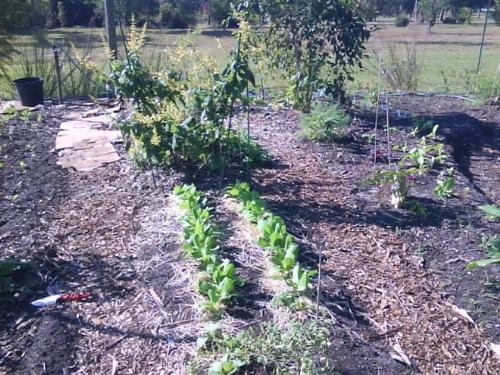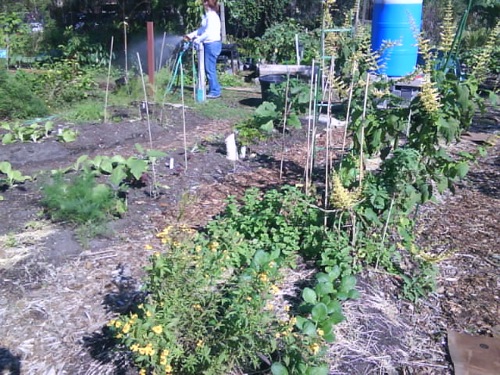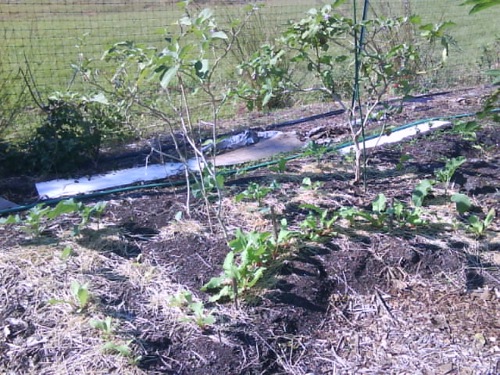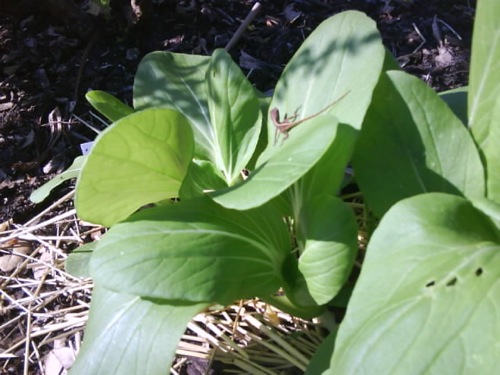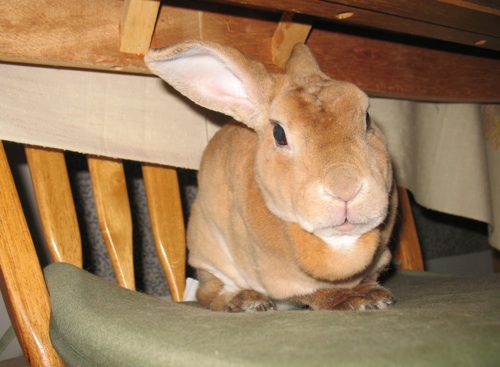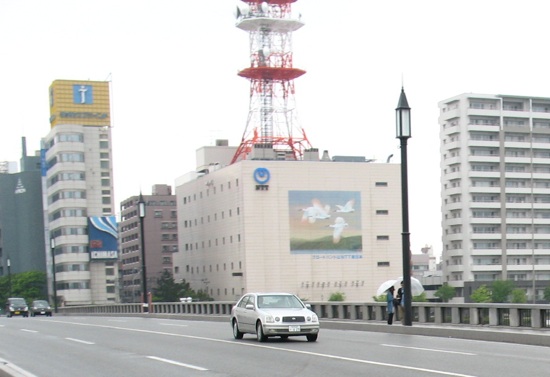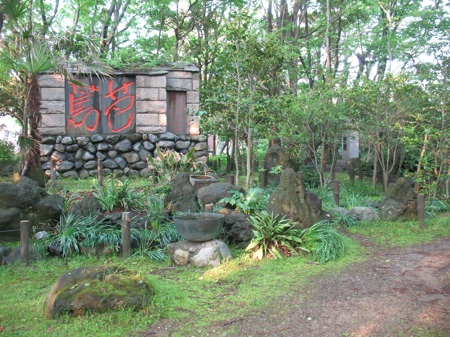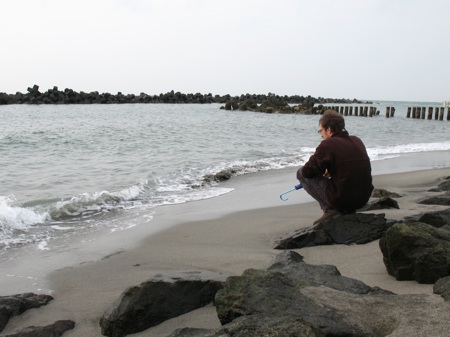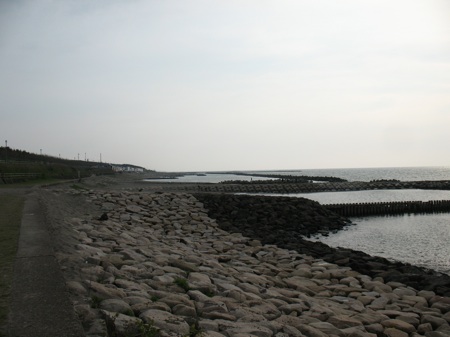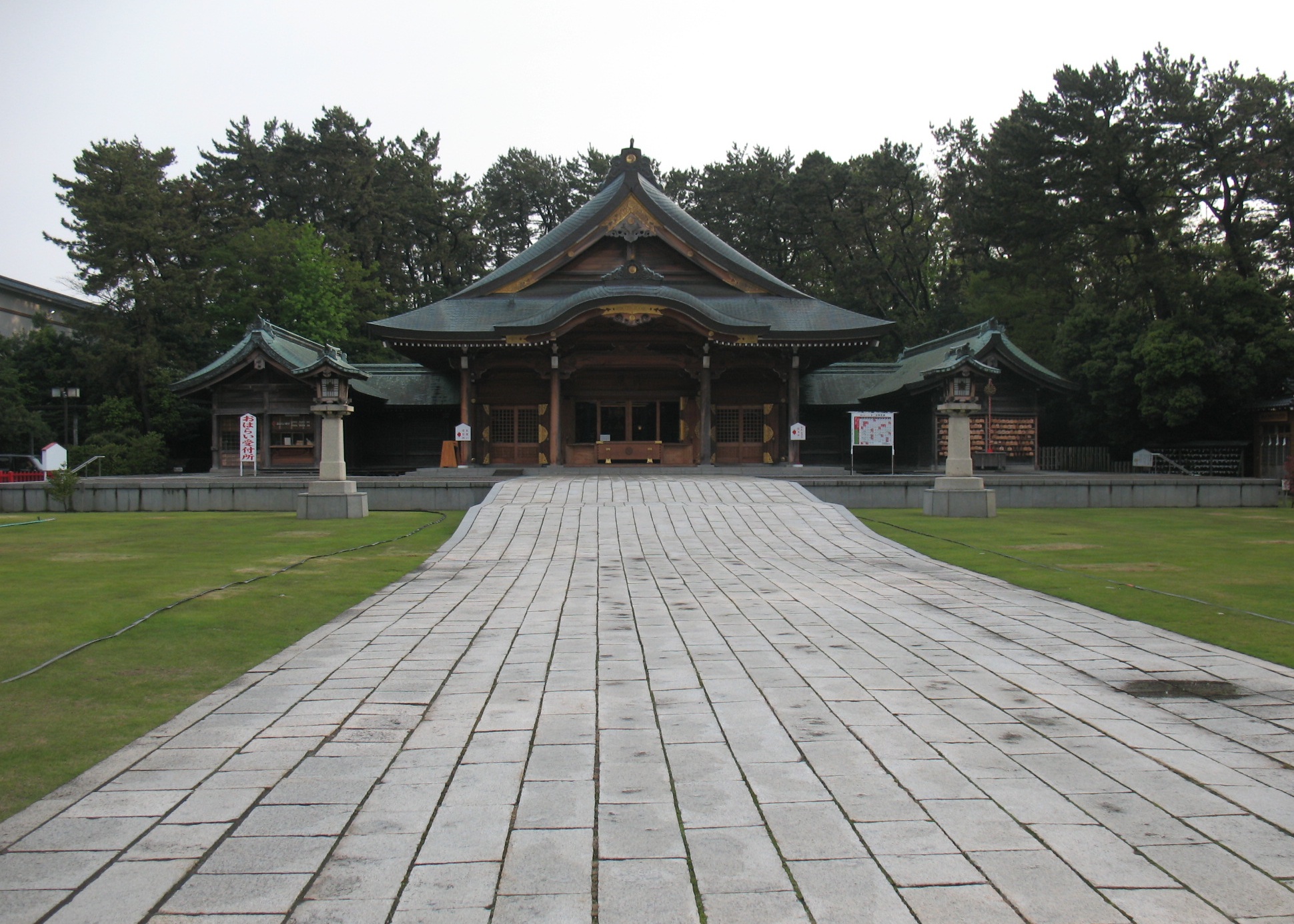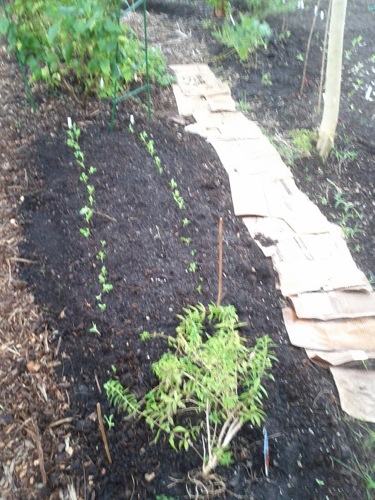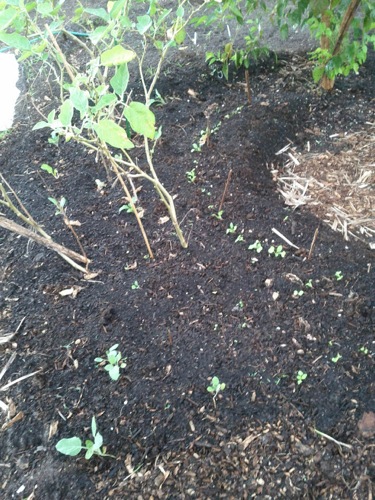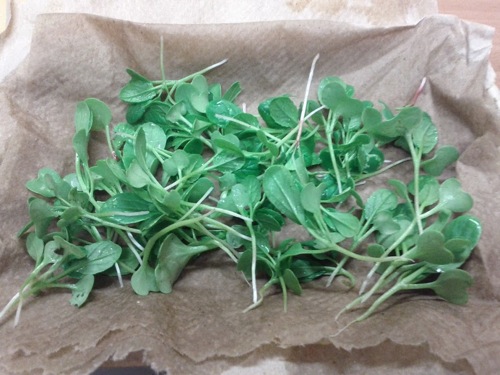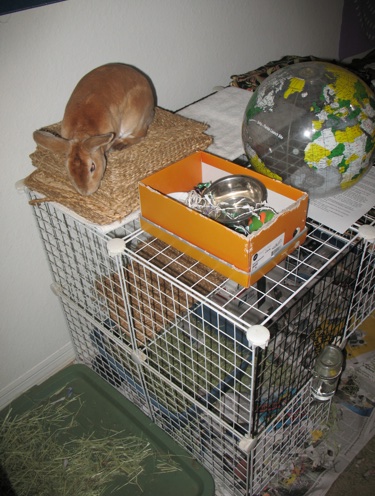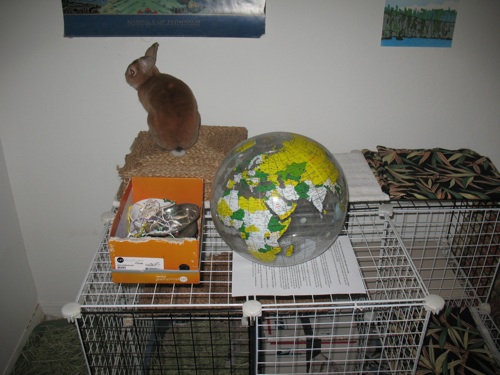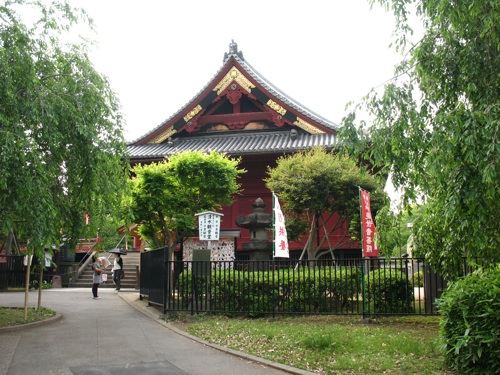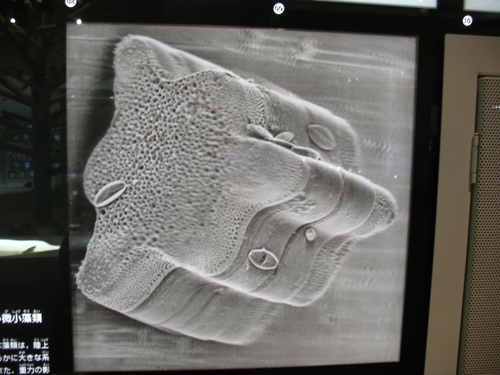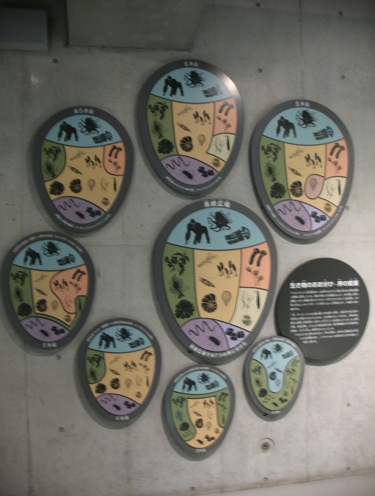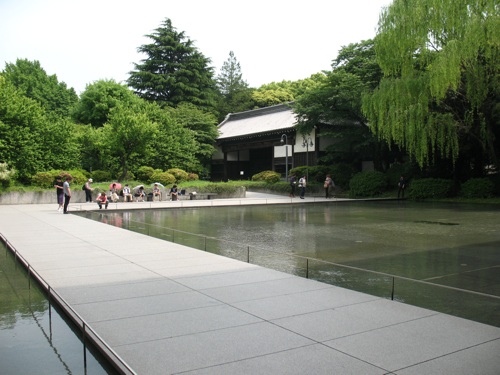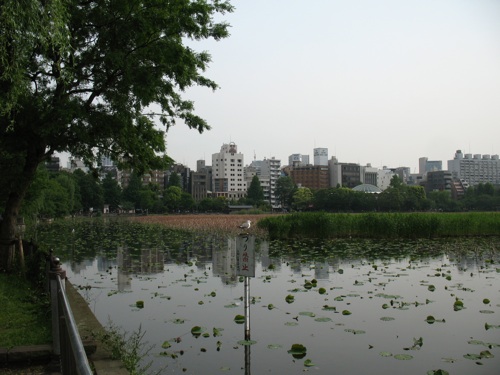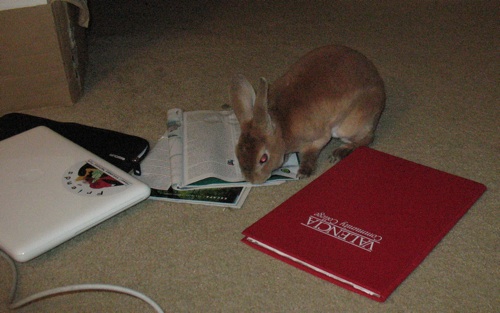On one of the days we were in Niigata, I took the train to Echigo-Yuzawa, an onsen/ski resort town, to sightsee and try some birding. Skiing and hot springs are the big draws here, and I wasn’t partaking of either. The place I’d been intending to go- Yuzawa Kogen– is a ski resort, and in the summers you can buy a ticket up their ropeway and walk around in an alpine park.
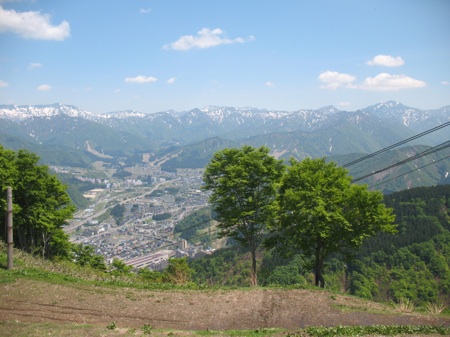
Their brochure showed a number of hiking trails- suggestive of a good chance to do some birding. From the website, they seemed to also have kiddie attractions, like go-carts and a small zipline, so I wasn’t sure what the situation would be for birds. But I went anyway, and had a pretty good time (though saw very few birds- if you are more mobile, there are better places in the Japanese Alps for it).
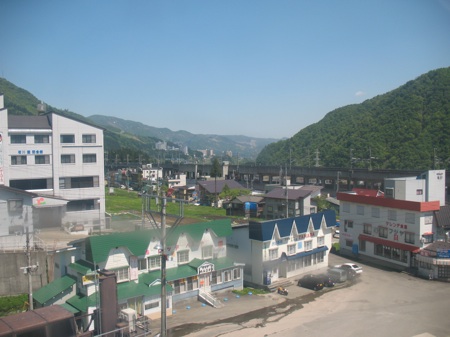
After getting up on the ropeway and walking around a bit (and it was quite steep, even though there was a plateau up there), it transpired that the hiking trails were closed, presumably because of lingering snow. That was disappointing. But I walked over to their “alpine garden” and looked at the sights: a pond and some early flowers. There were a lot of frogs croaking and what looked like egg casings in the water.
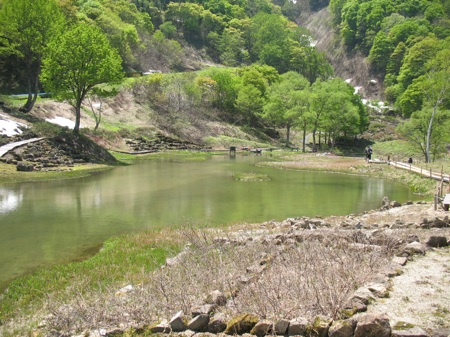
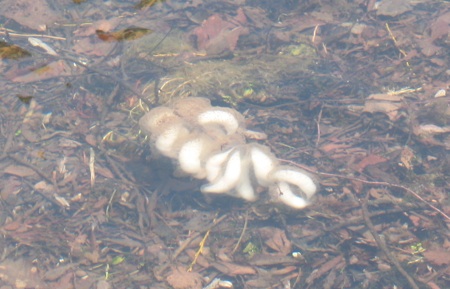
The garden itself would clearly be pretty in a few more weeks – at the time, only a few things were blooming or even much above ground.
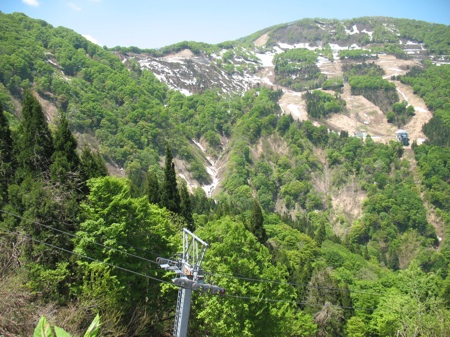
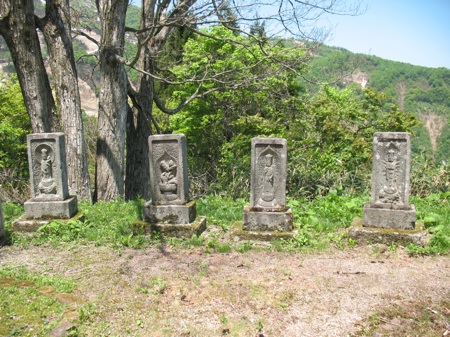
I toodled around for a while, having little success with birds (most were staying in the trees, where the trails were blocked off) and taking some photos.
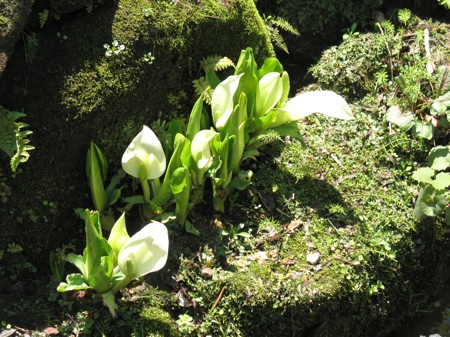
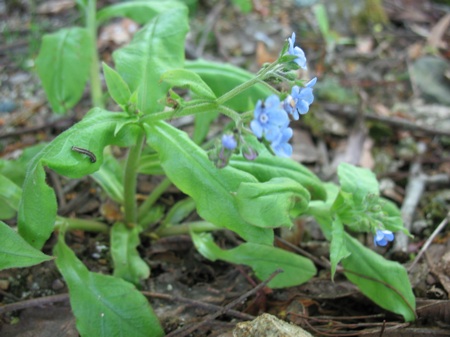
The peak above the plateau area (where I wasn’t allowed to hike) was listed on the map as being over 2600 meters high; I’d estimate that I was at about 1800 meters on the plateau.
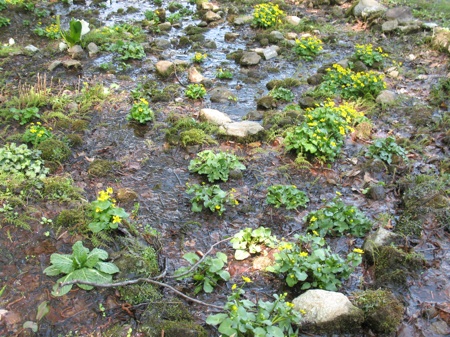
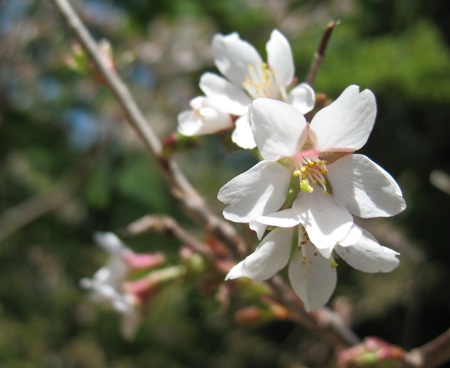
I eventually went back down the ropeway. I’d noticed a trail to a waterfall- Fudootaki Falls- marked on the tourist map I’d picked up, and hoped that might be a better place for birds.
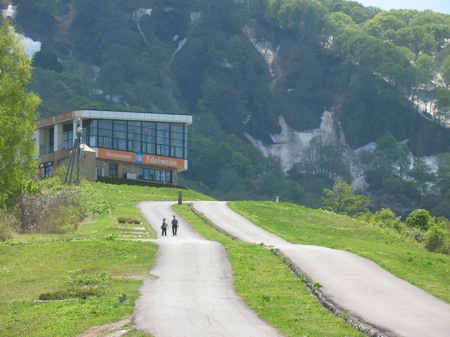
I stopped for lunch first at a burger place (teriyaki burger set) before heading up to the waterfall. It was a good thing, because the path up to the waterfall had a pretty consistent uphill grade. Along the way, it passed through a residential area, where the sound of rushing water was apparent – really, it was apparent all through the town. The snowmelt was filling the storm drains, and in places the drains were overflowing somewhat, though the water didn’t look dirty. So water was definitely a theme in Echigo-Yuzawa.
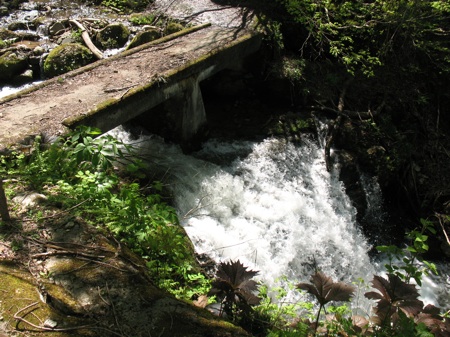
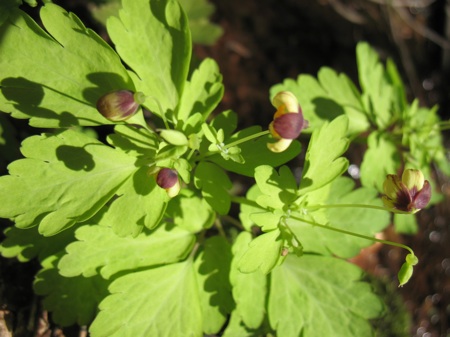
Anyway, fortified by burger and fries, I walked to the stream. It was tucked into a valley alongside the ridge that the ropeway goes up. There was a high dam and a park about halfway along the stream, then the pathway got a bit steeper for a while and climbed the valley wall overlooking the stream.
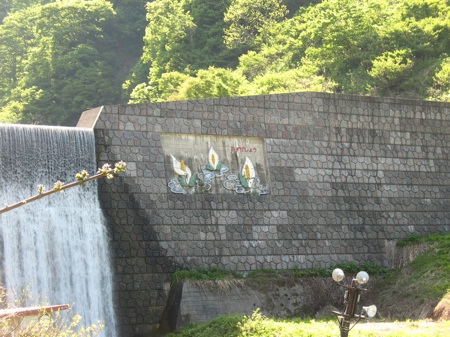
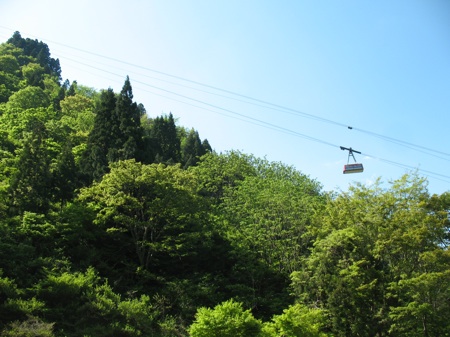
Along the way up, there was an older couple who were also doing the hike. I think the woman saw me looking at the dam and assumed I didn’t realize it was the waterfall, because she beckoned me on up the path. The same thing happened when I was checking out the first cascade, which was apparently smaller than the big waterfall – she asked if I spoke Japanese, I said no, and she tried to explain that the bigger waterfall was still ahead. Rather than try to explain that I knew the big one was deeper in the valley, I went ahead and followed them up. There were actually quite a few wildflowers blooming along the path too.
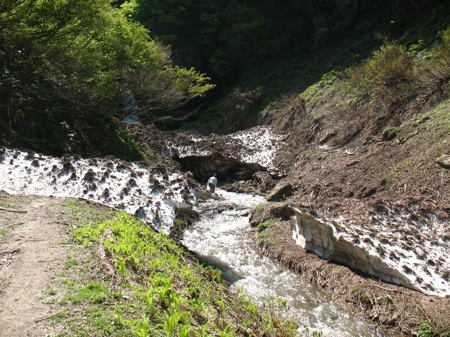
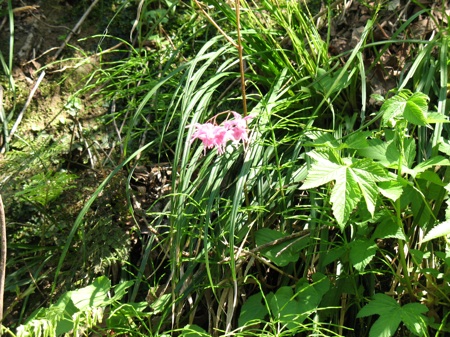
It was clear that the path had only been passable for a little while – the older man busied himself breaking some branches of trees that had fallen onto the trail, probably over the winter. The walls of the valley were steep enough that I bet landslides would be a problem. In some places, there were still deposits of dirty snow with lots of plant matter mixed in with it – even over the lower part of the stream, where there was a bit of an open-ceiling tunnel effect. But it was actually pleasantly warm.
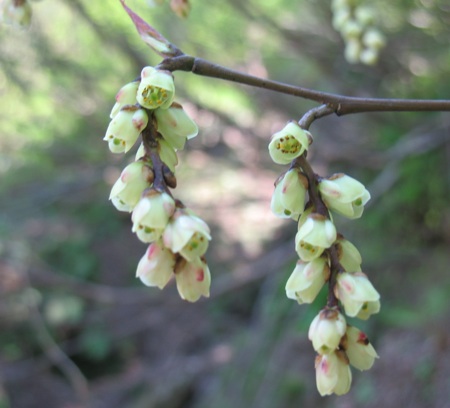
So at the big waterfall, which was back in the V of the head of the valley, there was a rock wall with water dripping down it and liverworts and mosses, alongside a small water basin with a cup. I did drink a bit of the water. The waterfall itself wasn’t super big, but was very pretty. It was quite misty because of the force of the snowmelt, and there were a lot of small flying bugs around, sort of glinting prettily in the light. So it was a pretty cool sight. It was clear that with the spring snowmelt you couldn’t get as close to the falls as maybe during the summer. I hung out for just a bit, then headed back down.
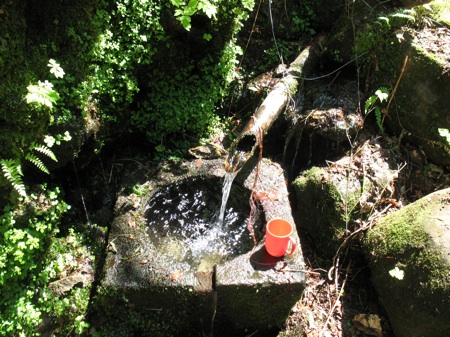
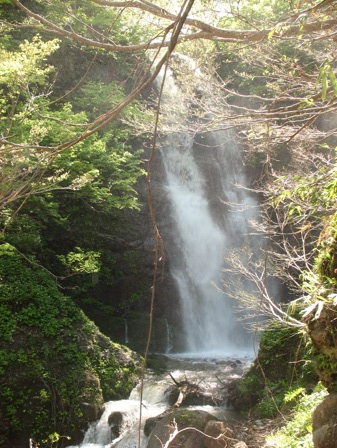
Along the way, I saw a dipper-the avian kind– which I’d been wanting to see for some time. Dippers are cute chubby birds, not particularly graceful fliers. This one wasn’t “dipping” in the water (which is where they get their name), but stayed visible enough that it was clear what it was. So that was neat.
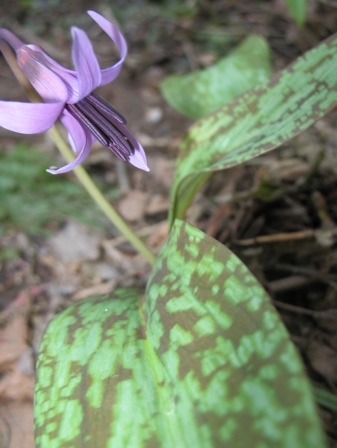
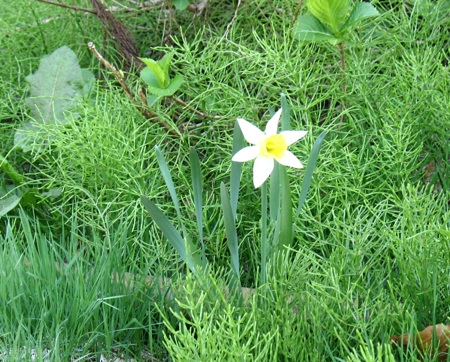
It was about 2 at that point, and I was a bit tired. I walked through town a bit. The train tracks were pretty far overhead part of the town because of the steep terrain, and it was interesting to see that houses were built under them. This reminded me of many Final Fantasy games, where there’s a similar urban setup – not something I’d encountered in the US where space isn’t generally a premium.
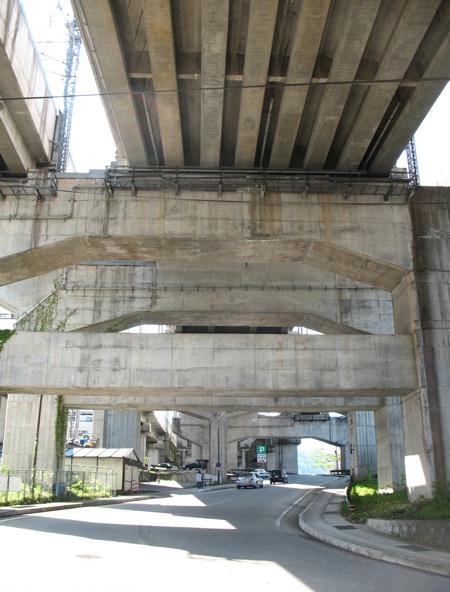
I caught a train back to Niigata around 3:15 or so, and managed to find a seat. I must have dozed off, because while I thought I was paying attention to the station announcements, I thought the next was for Nagaoka (which came before Niigata), before being alerted to the fact that it was actually Niigata by the slightly different announcement and the rustling of everyone who was preparing to leave. Maybe it’s lucky that my stop was at the end of the line!
